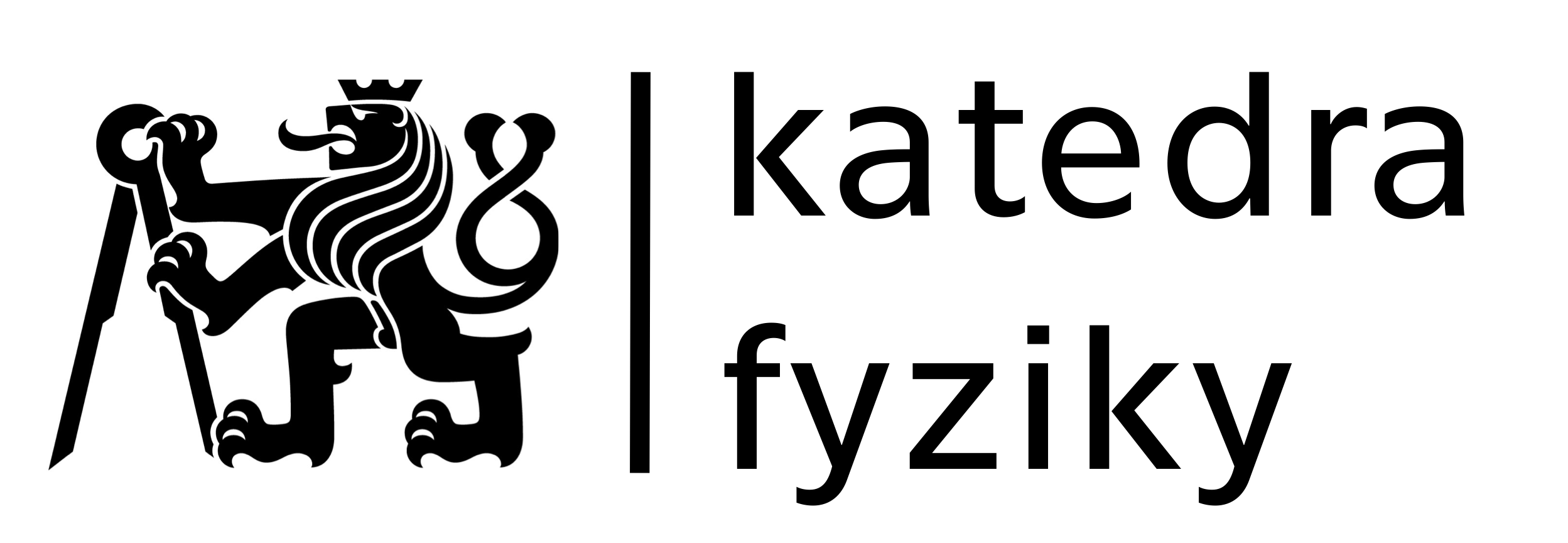- Vedoucí práce / Supervisor: Dr. Jordan Cavalier
- Pracoviště / Workplace: Ústav fyziky plazmatu
- Kontakt / Contact: cavalier@ipp.cas.cz
Osnova / Outline:
A natural way of diagnosing fusion devices is to collect the visible light radiated by the interaction of the plasma and the neutral gas present in the vacuum vessel by high definition (~ up to 1 million pixels) cameras. It provides a very intuitive mean to understand the plasma edge phenomena, similarly to eye observations. Moreover, it is non-perturbative, as it does not require to probe the burning plasma itself. On the other hand, interpretation of such data is usually not trivial as the observed events are generally three-dimensional objects projected onto the two-dimensional plane of the camera chip and there is, therefore, a missing dimension. A solution to overcome this problem is to assume a symmetry in the system and to perform tomographic inversion [1] in order to retrieve a 2D emissivity poloidal plane cut from the camera data.
We propose to perform tomographic inversion of COMPASS camera data during detachment experiments (an experiment during which neutral gas is injected into the divertor to screen out part of the incoming heat flux). The student will work with two already developed algorithms [2].
Skills that the student will acquire:
- Working on already existing data from a relevant fusion device (COMPASS)
- Getting familiar with the visible camera diagnostic, a diagnostic widely used in the
fusion community - Getting familiar with tomographic inversion that gains more and more interest in the
community
The work of the bachelor student will be the following:
- Learn how to model the camera view thanks to the Calcam software
- Perform tomographic inversion of camera data with existing Python programs
- Compare the output from two different algorithms
- Investigate the possibility to improve existing inversion algorithms
- Possibly analysing different plasma scenarios, depending on the student’s skills
Literatura / reference:
[1] J. Cavalier et al. Nucl. Fusion 59 (2019) 056025 (16pp).
https://iopscience.iop.org/article/10.1088/1741-4326/ab0d4c
[2] J. Svoboda et al 2021 JINST 16 C12015.
https://iopscience.iop.org/article/10.1088/1748-0221/16/12/C12015

